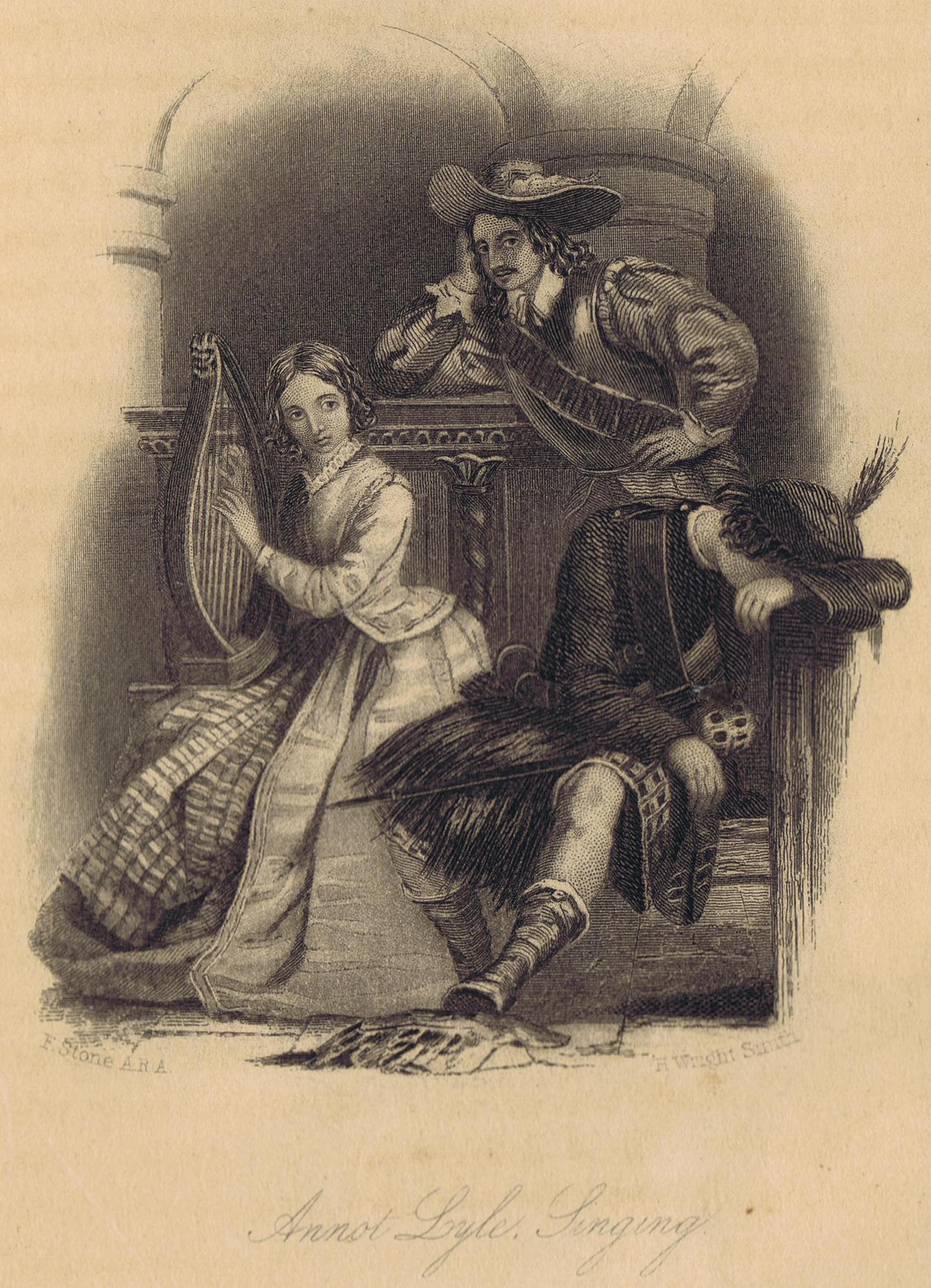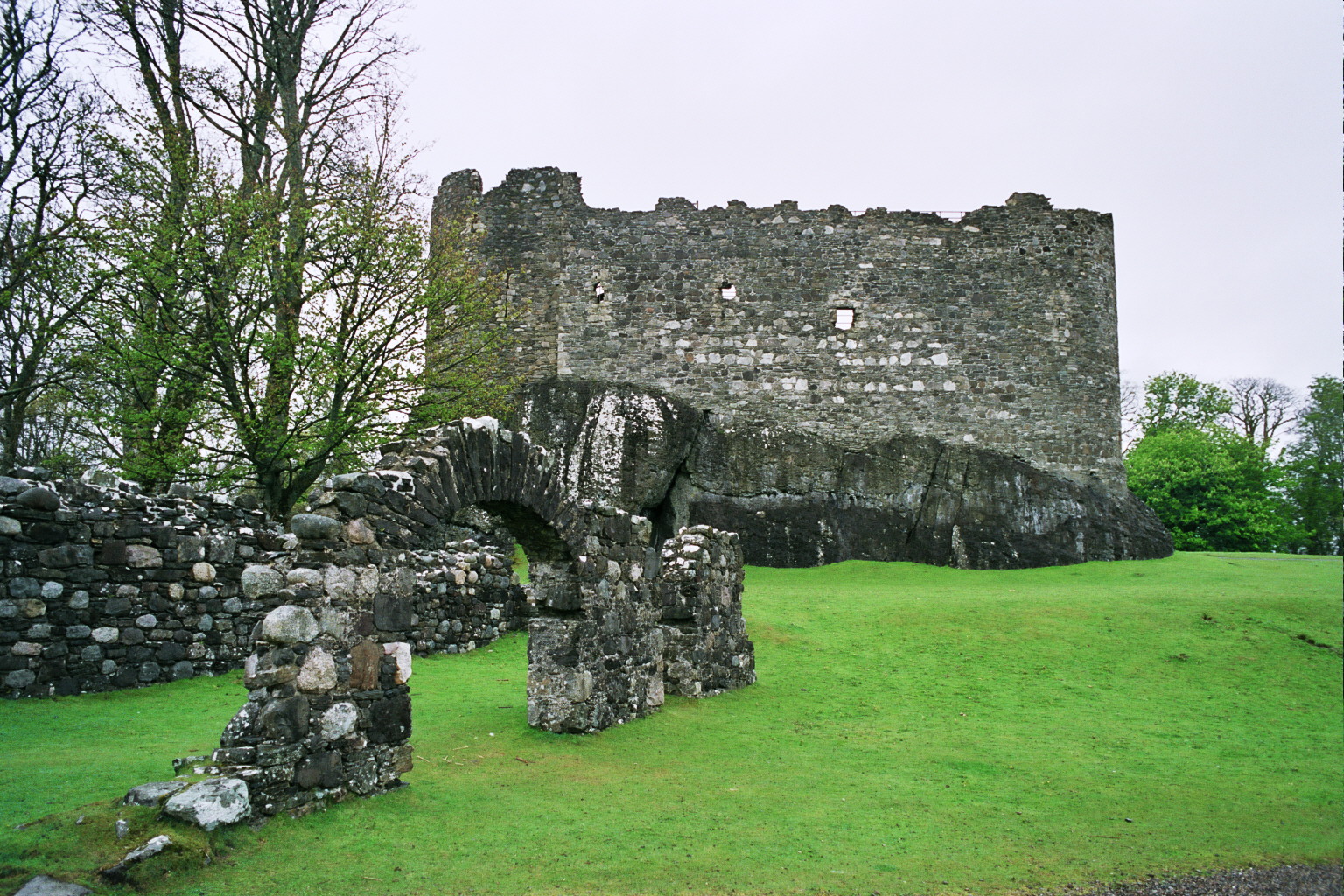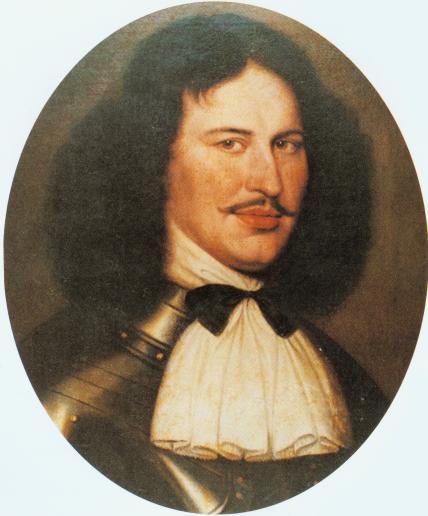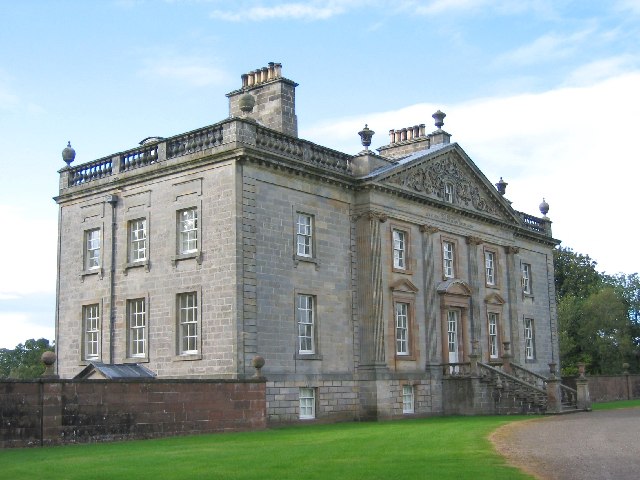|
A Legend Of Montrose
''A Legend of Montrose'' is an historical novel by Sir Walter Scott, set in Scotland in the 1640s during the Wars of the Three Kingdoms. It forms, along with '' The Bride of Lammermoor'', the 3rd series of Scott's '' Tales of My Landlord''. The two novels were published together in 1819. Composition ''A Legend of the Wars of Montrose'' was composed during May 1819, immediately after the completion of its companion novel '' The Bride of Lammermoor'' though it had been envisaged before the ''Bride'' was begun. Scott was still recovering from his serious illness of March 1819 and it is likely that the greater part of the new novel was dictated to John Ballantyne and William Laidlaw, though the manuscript for most of Chapters 3 to 6 is extant in his own hand. Editions The first edition of ''Tales of my Landlord (Third Series)'', consisting of '' The Bride of Lammermoor'' and ''A Legend of Montrose'' (the title reluctantly accepted by Scott), was published by Archibald Constable in ... [...More Info...] [...Related Items...] OR: [Wikipedia] [Google] [Baidu] |
Walter Scott
Sir Walter Scott, 1st Baronet (15 August 1771 – 21 September 1832), was a Scottish novelist, poet, playwright and historian. Many of his works remain classics of European and Scottish literature, notably the novels ''Ivanhoe'', '' Rob Roy'', '' Waverley'', '' Old Mortality'', ''The Heart of Mid-Lothian'' and '' The Bride of Lammermoor'', and the narrative poems '' The Lady of the Lake'' and '' Marmion''. He had a major impact on European and American literature. As an advocate, judge and legal administrator by profession, he combined writing and editing with daily work as Clerk of Session and Sheriff-Depute of Selkirkshire. He was prominent in Edinburgh's Tory establishment, active in the Highland Society, long a president of the Royal Society of Edinburgh (1820–1832), and a vice president of the Society of Antiquaries of Scotland (1827–1829). His knowledge of history and literary facility equipped him to establish the historical novel genre as an exemplar of Eur ... [...More Info...] [...Related Items...] OR: [Wikipedia] [Google] [Baidu] |
Covenanter
Covenanters ( gd, Cùmhnantaich) were members of a 17th-century Scottish religious and political movement, who supported a Presbyterian Church of Scotland, and the primacy of its leaders in religious affairs. The name is derived from '' Covenant'', a biblical term for a bond or agreement with God. The origins of the movement lay in disputes with James VI, and his son Charles I over church structure and doctrine. In 1638, thousands of Scots signed the National Covenant, pledging to resist changes imposed by Charles on the kirk; following victory in the 1639 and 1640 Bishops' Wars, the Covenanters took control of Scotland and the 1643 Solemn League and Covenant brought them into the First English Civil War on the side of Parliament. Following his defeat in May 1646 Charles I surrendered to the Scots Covenanters, rather than Parliament. By doing so, he hoped to exploit divisions between Presbyterians, and English Independents. As a result, the Scots supported Charles in the ... [...More Info...] [...Related Items...] OR: [Wikipedia] [Google] [Baidu] |
Dunstaffnage Castle
Dunstaffnage Castle ( gd, Caisteal Dhùn Stadhainis) is a partially ruined castle in Argyll and Bute, western Scotland. It lies NNE of Oban, situated on a platform of conglomerate rock on a promontory at the south-west of the entrance to Loch Etive, and is surrounded on three sides by the sea. The castle and the nearby chapel ruin have been a Historic Scotland property since 1958. Both are Scheduled Ancient Monuments. The castle dates back to the 13th century, making it one of Scotland's oldest stone castles, in a local group which includes Castle Sween and Castle Tioram. Guarding a strategic location, it was built by the MacDougall lords of Lorn, and has been held since the 15th century by the Clan Campbell. To this day there is a hereditary Captain of Dunstaffnage, although they no longer reside at the castle. Dunstaffnage is maintained by Historic Environment Scotland, and is open to the public, although the 16th century gatehouse is retained as the private property of t ... [...More Info...] [...Related Items...] OR: [Wikipedia] [Google] [Baidu] |
Ewen Cameron Of Lochiel
Sir Ewen Cameron of Lochiel (Scottish Gaelic: ''Eòghain Camshròn Mac Dhòmhnaill Dubh''; February 1629 – 12 June 1719) was a Scottish highland chief, soldier and courtier. He was the Chief of Clan Cameron – the 17th Lochiel, and was renowned for his role in the Wars of the Three Kingdoms (1650–1654) as a Cavalier and in the 1689 Jacobite Rebellion. Lord Macaulay described Sir Ewen as the ' Ulysses of the Highlands", being a man of enormous strength and size; indeed, he is regarded as one of the most formidable Scottish chiefs of all time. An incident showing his strength and ferocity in single combat, when he bit out the throat of an enemy is used by Sir Walter Scott in ''Lady of the Lake'' (canto v.). In 1680 he was said to have killed the last wolf in Scotland. Early years Ewen Cameron of Lochiel was born in 1629 at Kilchurn Castle, the eldest son of John Cameron and Margaret Campbell of Glenorchy. He was the grandson of Allan Cameron of Lochiel, 16th Chief ( ... [...More Info...] [...Related Items...] OR: [Wikipedia] [Google] [Baidu] |
Sir Alexander Boswell, 1st Baronet
Sir Alexander Boswell, 1st Baronet, (9 October 1775 – 27 March 1822) was a Scottish poet, antiquary, and songwriter. The son of Samuel Johnson's friend and biographer James Boswell of Auchinleck, he used the funds from his inheritance to pay for a seat in Parliament and then successfully sought a baronetcy for his political support of the government. However, his finances subsequently collapsed and after being revealed as the author of violent attacks on a rival, he died as a result of wounds received in a duel. Early life Boswell was the eldest son of James Boswell of Auchinleck and Margaret Montgomerie of Lainshaw, and grandson of Alexander Boswell, Lord Auchinleck. He was born in Auchinleck House. He attended Soho Academy in London in 1786 and Eton College from 1789 to 1792. Following his father's intention that he follow a legal career, he went to the University of Edinburgh in 1793. Shortly after his father's death he went to the University of Leipzig to study ... [...More Info...] [...Related Items...] OR: [Wikipedia] [Google] [Baidu] |
George Wishart (bishop)
George Wishart (1599–1671) was a Scottish Episcopalian bishop and author. Life Wishart was born in Haddington, the younger son of John Wishart of Logie-Wishart near Forfar, and grandson of Sir John Wishart of Wishart. He was educated at the University of Edinburgh graduating MA around 1615 and possibly also studying at St Andrews University and on the Continent. He was appointed minister at Monifieth in August 1624, and then moved to "second charge" in St Andrews in April 1626. Here he befriended James Graham, 1st Marquess of Montrose who was a student in St Andrews at that time. In 1634 St Andrews University awarded him a Doctor of Divinity. He was briefly minister of North Leith Parish Church, being appointed in 1638, but was deposed for his refusal to sign the Covenant. A strong supporter of episcopacy, he fled to England in 1639, and in Scotland, he was officially deposed for abandoning his duties and "immorality". In England he received various preferments from Char ... [...More Info...] [...Related Items...] OR: [Wikipedia] [Google] [Baidu] |
James Turner (soldier)
Sir James Turner (1615–c.1686) was a Scottish professional soldier of the 17th century. Life Early life and foreign service Turner was the eldest son of Patrick Turner (d.1634), minister of Dalkeith, and Margaret Law. He was educated at Glasgow University, graduating MA in 1631 (very much against his will, according to his later memoirs). His parents had intended for him to follow his father into the church, but Turner was determined to become a soldier, and in 1632 he travelled to Germany and enlisted in the service of Gustavus Adolphus, then embroiled in the Thirty Years' War, under the command of Sir James Lumsden. With the Scottish army By 1639 he had been promoted to captain, and returned to Scotland in search of employment, but soon departed again for Germany. In 1640 he attempted to travel to England to offer his services to Charles I in the Bishops' War, but failed to make contact with Charles's army. He instead entered service with the opposing Scottish Covenant ... [...More Info...] [...Related Items...] OR: [Wikipedia] [Google] [Baidu] |
Robert Monro
Robert Monro (died 1680), was a famous Scottish General, from the Clan Munro of Ross-shire, Scotland. He held command in the Swedish army under Gustavus Adolphus during Thirty Years' War. He also fought for the Scottish Covenanters during the Bishop's Wars in Scotland and commanded the Scottish Covenanter army during the Irish Confederate Wars. He was the author of a diary recounting his military experiences during the Thirty Years' War, published as ''Monro, His Expedition With the Worthy Scots Regiment Called Mac-Keys''. Early life Robert Monro was the second son of George Munro, 1st of Obsdale and grandson of Robert Mor Munro, 15th Baron of Foulis, chief of Clan Munro. As a cadet of the Munro of Obsdale family, Robert is sometimes referred to as Robert Monro of Obsdale. He was seated at Contullich Castle. Thirty Years War Early Skirmishes During the Thirty Years' War Robert Monro gained a Lieutenancy in the regiment that was raised by Donald Mackay, 1st Lord Reay for ... [...More Info...] [...Related Items...] OR: [Wikipedia] [Google] [Baidu] |
Allan M'Aulay, Horace Vernet, 1823
Allan may refer to: People * Allan (name), a given name and surname, including list of people and characters with this name * Allan (footballer, born 1984) (Allan Barreto da Silva), Brazilian football striker * Allan (footballer, born 1989) (Allan dos Santos Natividade), Brazilian football forward * Allan (footballer, born 1991) (Allan Marques Loureiro), Brazilian football midfielder * Allan (footballer, born 1994) (Allan Christian de Almeida), Brazilian football midfielder * Allan (footballer, born 1997) (Allan Rodrigues de Souza), Brazilian football midfielder Places * Allan, Queensland, Australia * Allan, Saskatchewan, Canada * Allan, the Allaine river's lower course, in France * Allan, Drôme, town in France * Allan, Iran (other), places in Iran Other uses * Allan, a Clan Grant split (or sept) * Ahlawat or Allan, an ethnic clan in India * ''Allan'', a 1966 film directed by Donald Shebib * "Allan" (song), a 1988 song recorded by the French artist Mylène Farmer ... [...More Info...] [...Related Items...] OR: [Wikipedia] [Google] [Baidu] |
Monthly Review
The ''Monthly Review'', established in 1949, is an independent socialist magazine published monthly in New York City. The publication is the longest continuously published socialist magazine in the United States. History Establishment Following the failure of the independent 1948 Presidential campaign of Henry A. Wallace, two former supporters of the Wallace effort met at the farm in New Hampshire where one of them was living. The two men were literary scholar and Christian socialist F.O. "Matty" Matthiessen and Marxist economist Paul Sweezy, who were former colleagues at Harvard University. Matthiessen came into an inheritance after his father died in an automobile accident in California and had no pressing need for the money. Matthiessen made the offer to Sweezy to underwrite "that magazine weezyand Leo Huberman were always talking about," committing the sum of $5,000 per year for three years. Matthiessen's funds made the launch of ''Monthly Review'' possible, although the ... [...More Info...] [...Related Items...] OR: [Wikipedia] [Google] [Baidu] |
Archibald Campbell, 8th Earl Of Argyll
Archibald Campbell, Marquess of Argyll, 8th Earl of Argyll, Chief of Clan Campbell (March 160727 May 1661) was a Scottish nobleman, politician, and peer. The ''de facto'' head of Scotland's government during most of the conflict of the 1640s and 50s known as the Wars of the Three Kingdoms, he was a major figure in the Covenanter movement that fought for the maintenance of the Presbyterian religion against the Stuart monarchy's attempts to impose episcopacy. He is often remembered as the principal opponent of the royalist general James Graham, 1st Marquess of Montrose. Early life Archibald Campbell, Marquess of Argyll was the eldest son of Archibald Campbell, 7th Earl of Argyll, by his first wife Agnes Douglas daughter of William Douglas, 6th Earl of Morton, and was educated at St Andrews University, where he matriculated on 15 January 1622. He had early in life, as Lord Lorne, been entrusted with the possession of the Argyll estates when his father renounced Protestantism and ... [...More Info...] [...Related Items...] OR: [Wikipedia] [Google] [Baidu] |
Thirty Years' War
The Thirty Years' War was one of the longest and most destructive conflicts in European history, lasting from 1618 to 1648. Fought primarily in Central Europe, an estimated 4.5 to 8 million soldiers and civilians died as a result of battle, famine, and disease, while some areas of what is now modern Germany experienced population declines of over 50%. Related conflicts include the Eighty Years' War, the War of the Mantuan Succession, the Franco-Spanish War, and the Portuguese Restoration War. Until the 20th century, historians generally viewed it as a continuation of the religious struggle initiated by the 16th-century Reformation within the Holy Roman Empire. The 1555 Peace of Augsburg attempted to resolve this by dividing the Empire into Lutheran and Catholic states, but over the next 50 years the expansion of Protestantism beyond these boundaries destabilised the settlement. While most modern commentators accept differences over religion and Imperial authority were ... [...More Info...] [...Related Items...] OR: [Wikipedia] [Google] [Baidu] |






